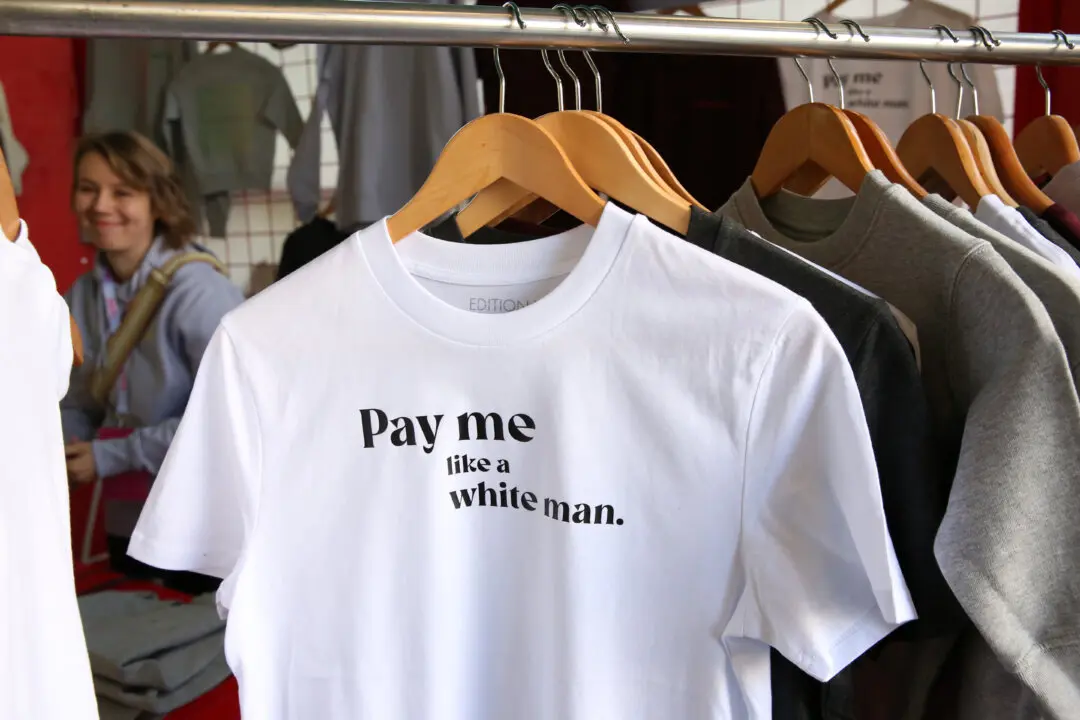Commentary
We’ll be putting together the timeline of this disaster for many years to come. It all comes down to those fatal days between January and March 2020, from the news out of China, to the lockdowns in Northern Italy, to the lockdowns in the United States.





